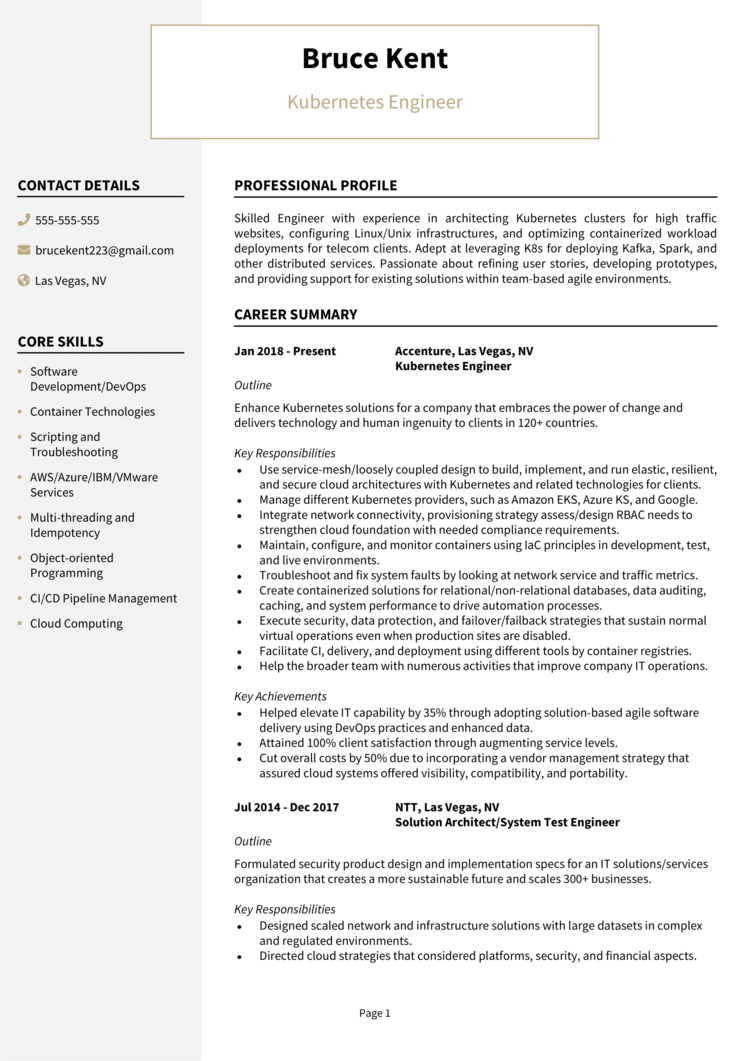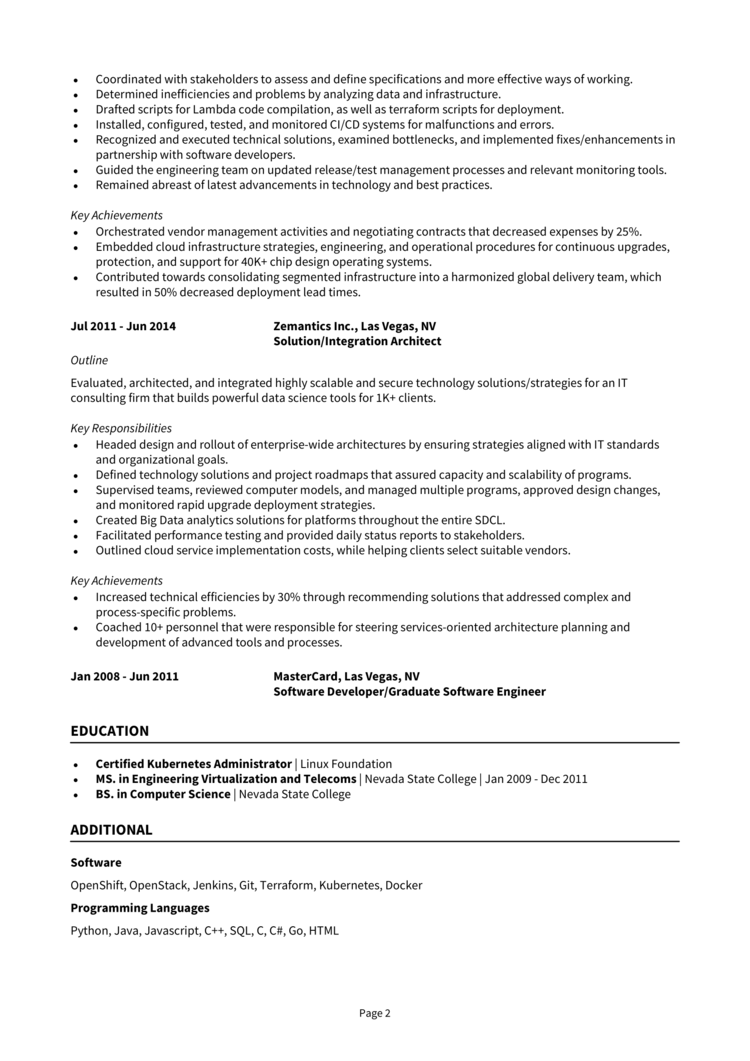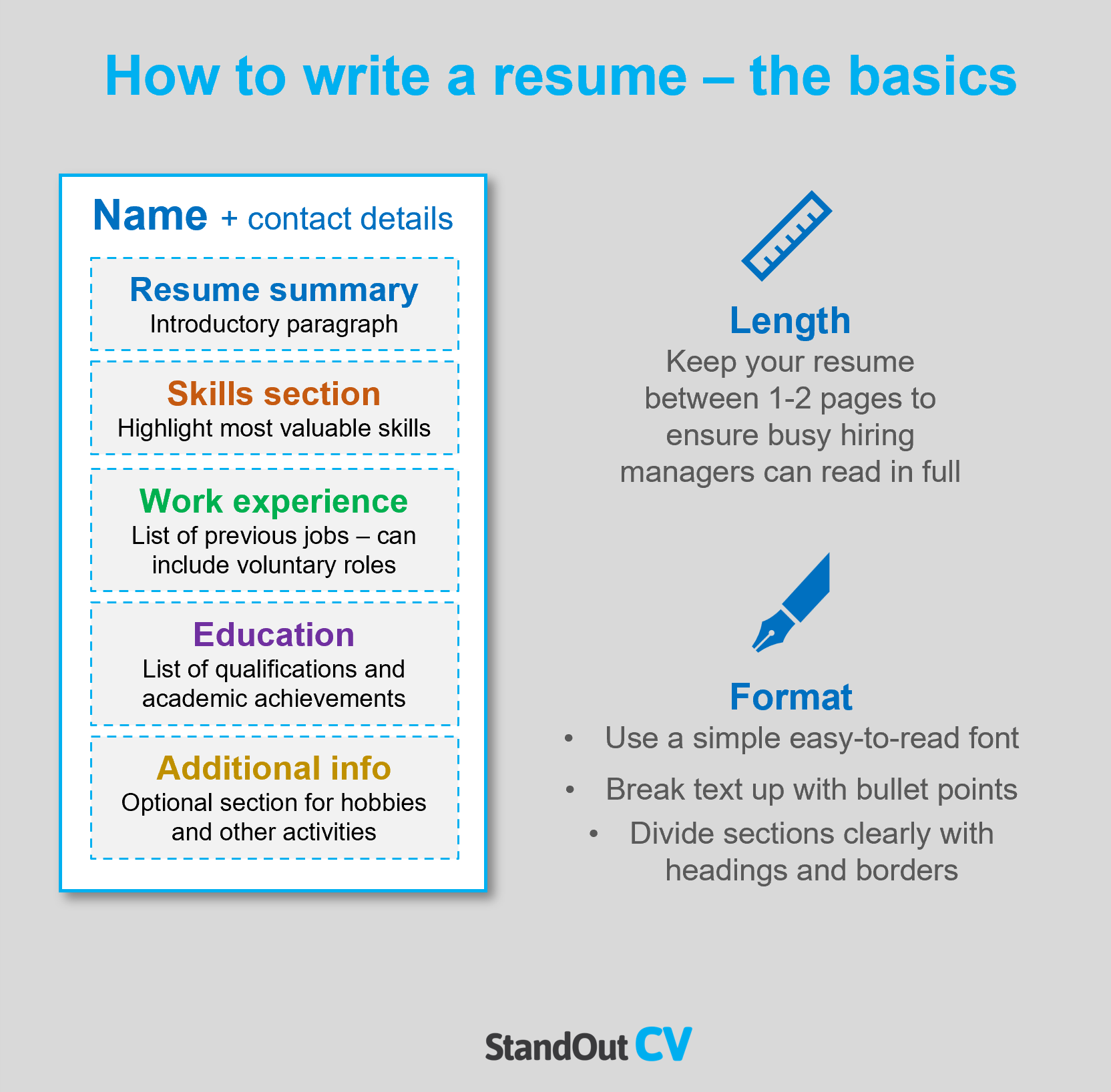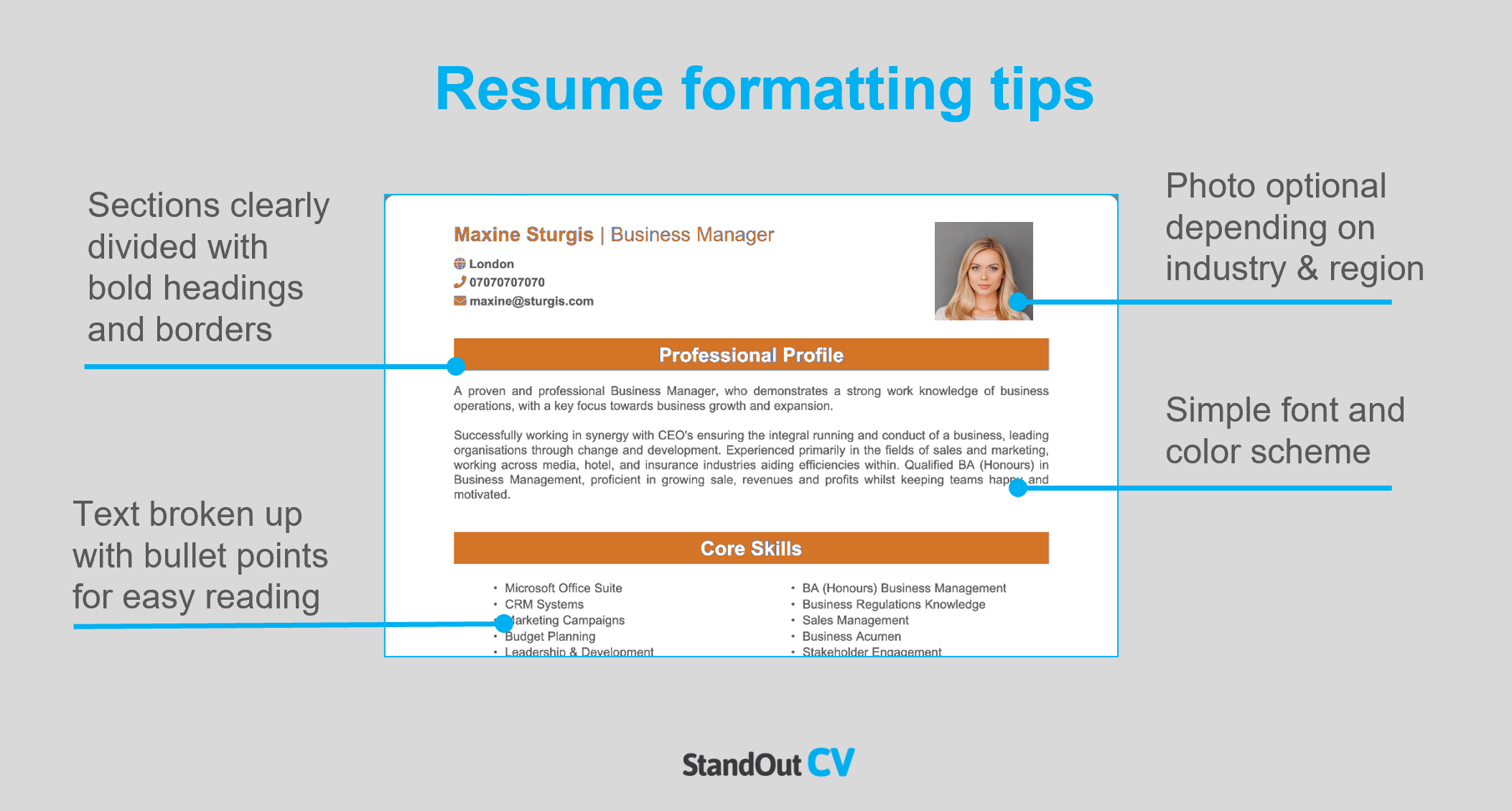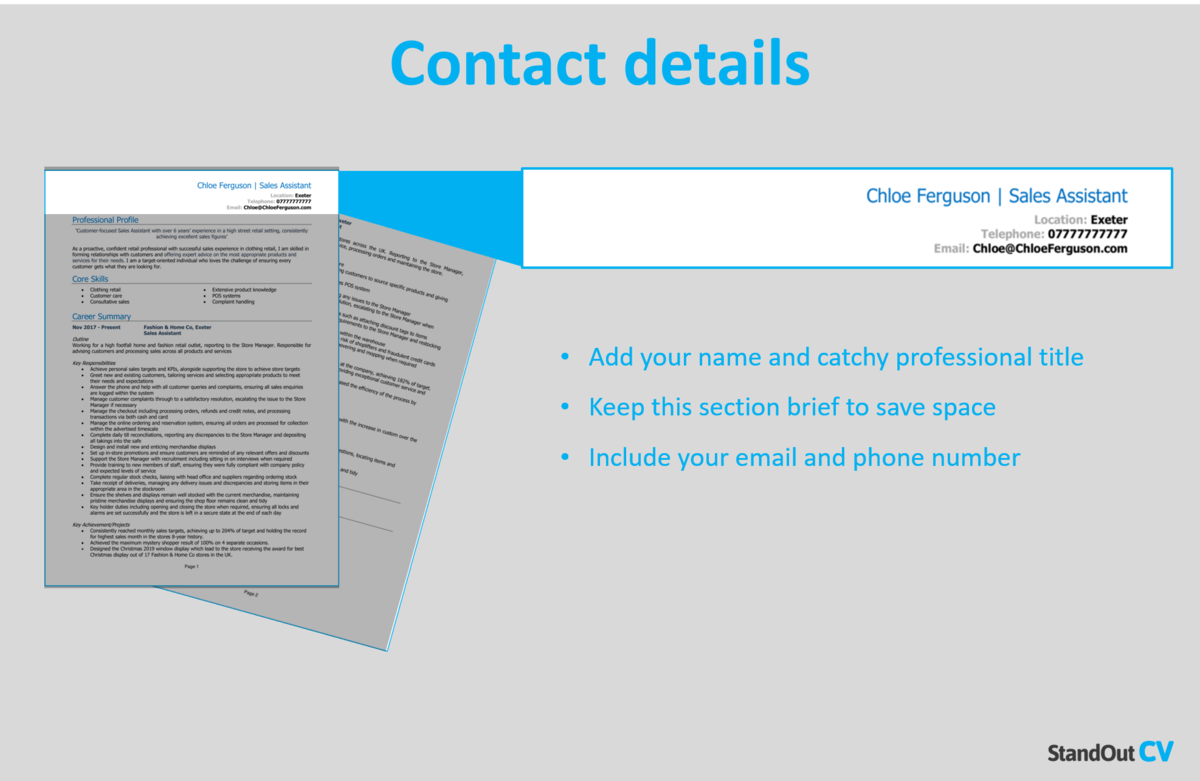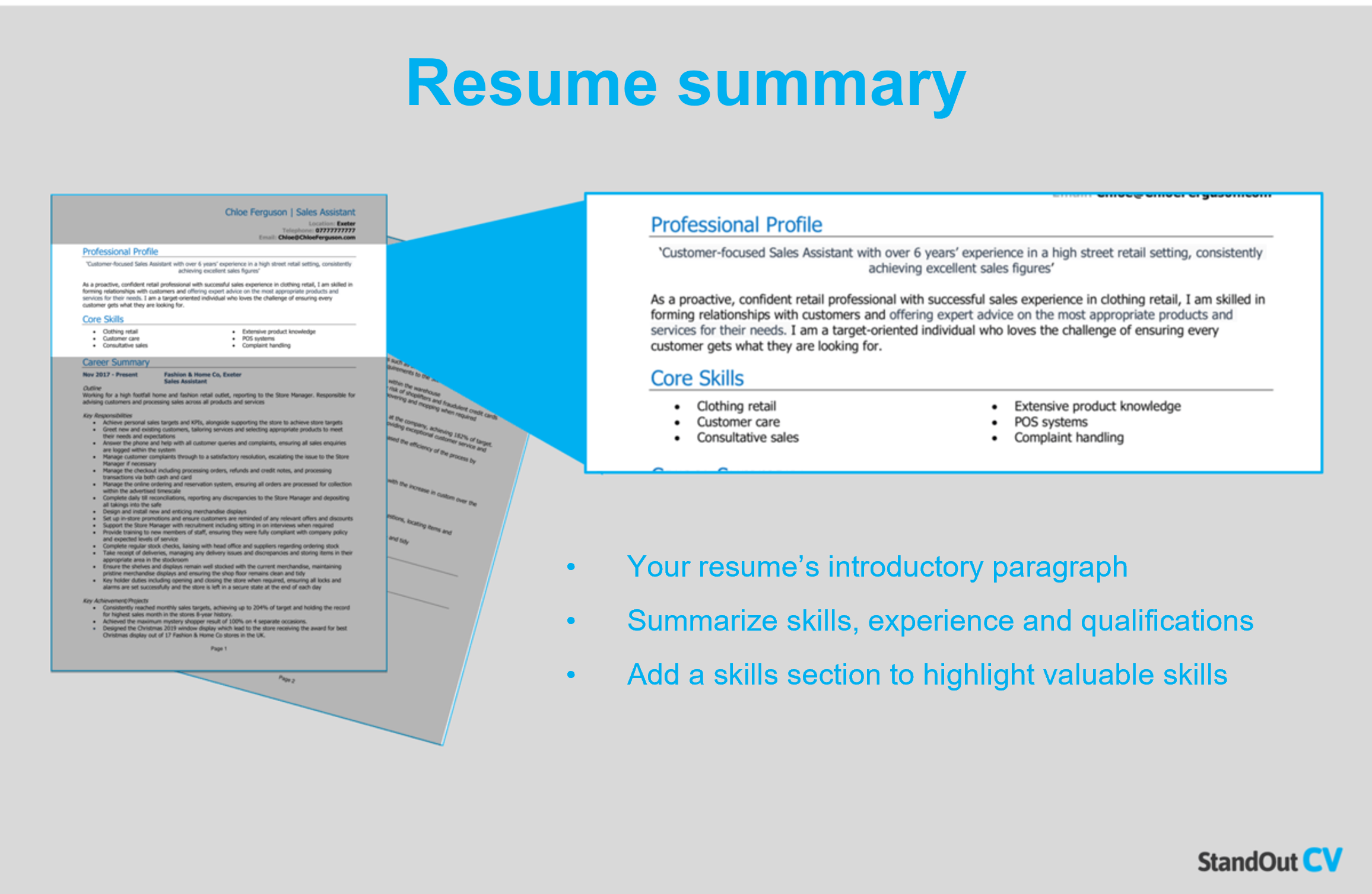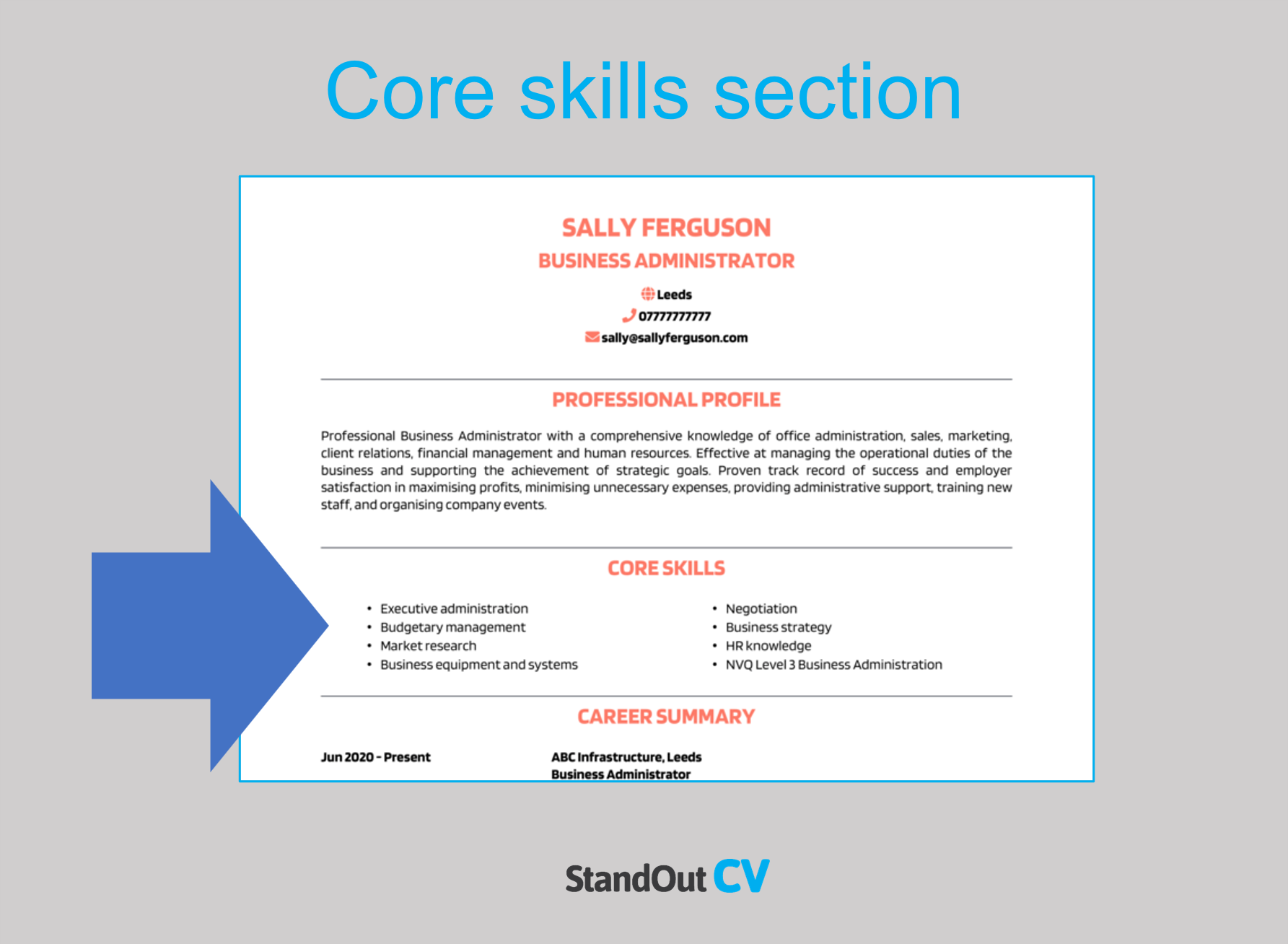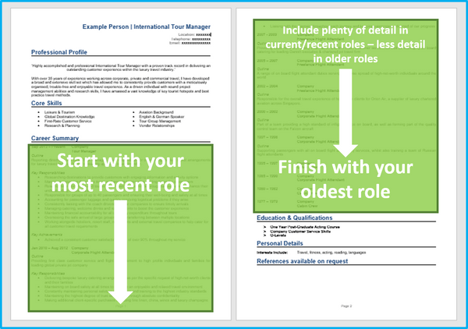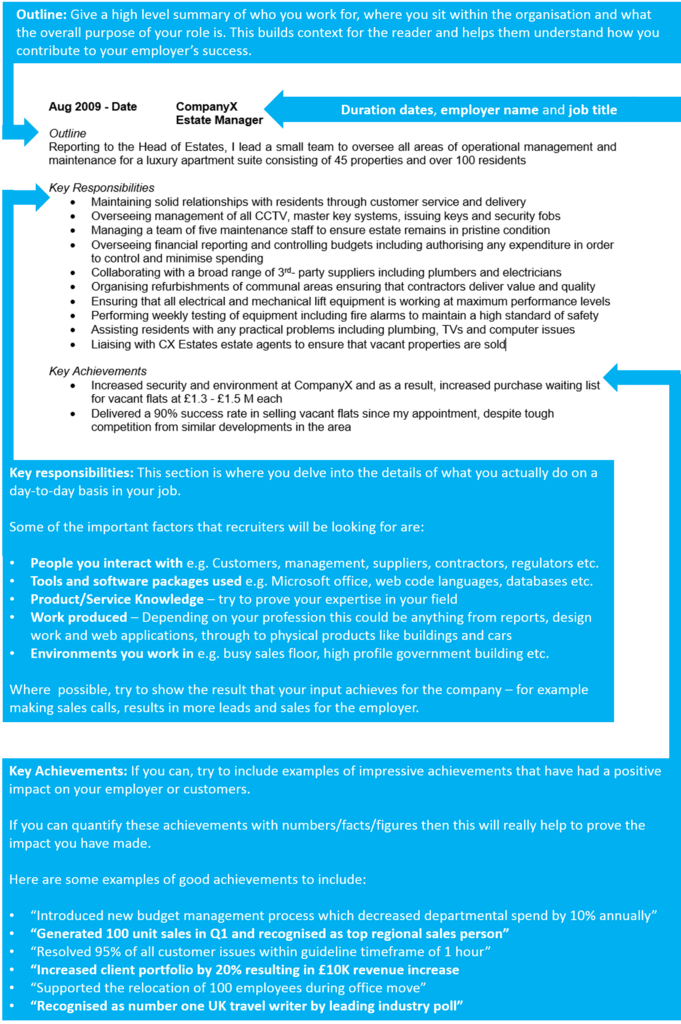Are you a Kubernetes expert looking for a Kubernetes-focussed resume containing all the skills, achievements, and qualifications to secure an interview?
Then you’ve come to the right place.
Below, we can help you to orchestrate an impressive application using our top writing tips and Kubernetes Engineer resume example.
Guide contents
|
Kubernetes Resume Example
This example Kubernetes Engineer resume gives you a general idea of how to structure your own resume, along with the type of content you need to include.
Sticking with this resume format will help you to get noticed by employers and ensure that they can quickly see the benefit of hiring you.
Now, lets walk through a step-by-step guide on how to write your own winning resume.

Kubernetes resume layout and formatting
The format and layout of your resume can make or break its success.
Sure, it’s great to pack your resume with lots of impressive skills and knowledge, but if the page is not structured clearly, hiring managers will struggle to find the important stuff!
Above all, your resume should be easy-to-read and professional looking.
Follow these formatting tips to get noticed.
How to format your resume
- Length: Keep your resume to 2 pages or under. You’ve probably heard that recruiters and hiring managers don’t have lots of time to read every resume, so keep yours brief if you want to ensure that they read all of the important info in yours.
- Font & text: Nobody likes to read huge unbroken paragraphs of text – and recruiters are no different. Break your resume text up with bullet points and use a clear simple font.
- Design & layout: Your resume should look appealing – but don’t overlook functionality when it comes to design. Organise the page into clear sections using bold headings and borders.
- Photos: You are not obliged to add a photo to your resume in the USA, but it can be a nice way of adding some life to the document.
Quick tip: Achieving a professional look for your resume can be difficult and time-consuming. If you want to create an attractive resume quickly, try our quick-and-easy Resume Builder and use one of their eye-catching resume templates.
Resume layout
Organize the document into these sections when you write your resume.
- Name and contact details – Employers need to know how to get in touch with you – so list your email and cell phone number here.
- Resume summary – An intro paragraph at the top of the resume which summarizes your suitability for target jobs.
- Skills section – A bullet-pointed list of your most relevant skills and knowledge.
- Work experience – A list of your previous jobs (or at least the most relevant and recent ones)
- Education – Add academic and professional qualifications that prove you can carry out the job
- Additional info – If they are relevant to the jobs you are applying for, you can add an extra section for things like hobbies and interests.
Here’s what you should include in each section of your resume.
Resume Contact Details
Make it easy for hiring managers to contact you by adding your contact details to the top of your resume.
Keep this section small to save space and include the following.
- Name and profession title
- Telephone number – Ideally your cell phone so you can answer quickly.
- Location – Add your general location such as LA or New York
- Email address – Use a professional looking one with no nicknames.
You can add a link to your LinkedIn profile if you have one – you do not need to include personal details like date of birth or marital status.
Kubernetes Resume Summary
Your resume summary is like your introduction to the recruiter or hiring manager – it should grab their attention and leave them eager to read more about you.
Achieve this by writing a snappy overview of your skills, knowledge and what value you can bring to an employer.
3 tips for creating a resume summary that will get noticed:
- Keep it concise: Your summary is intended to be a high-level introduction to hook readers’ attention, so keep it brief (4-7 lines) – save the details for later in your resume.
- Tailor to target jobs: Ensure your profile makes an impact by matching it closely to the requirements of the job description, copying as many key terms as possible.
- Don’t use cliches: Recruiters always see cringey cliches like “hardworking guru who works well in a team or individually” – they don’t mean much to anyone, so focus your summary on tangible skills and experience.
Example resume summary for a Kubernetes Engineer
What info to include in your Kubernetes resume summary?
- Summary of experience: Summarize the type of work you have done in the past and the benefits you have delivered for the organizations you worked at.
- Relevant skills: Highlight your skills which are most relevant to jobs using Kubernetes, to ensure that recruiters see your most in-demand skills as soon as they open your resume.
- Vital qualifications: Showcase your level of education with a quick mention of any qualifications that are essential for the Kubernetes roles you are applying to.
Quick tip: Choose from hundreds of pre-written summaries across all industries, and add one to your resume with one-click in our quick-and-easy Resume Builder. All written by recruitment experts and easily tailored to suit your unique skillset and style.
Core skills section
Underneath your summary, write a core skills section to make your most relevant skills jump off the page at readers.
It should be made up of 2-3 columns of bullet points of your relevant skills.
Before you do this, look over the job description and make a list of any specific skills, specialisms or knowledge required.
Then, make sure to use your findings in your list. This will paint you as the perfect match for the role.
Top skills for your Kubernetes resume
DevOps – utilizing a set of practices that combines software development and IT operations with the aim to shorten the systems development life cycle and provide continuous delivery with high software quality.
Container Technologies – utilizing software that packs up application code and dependencies such as binary code, libraries, and configuration files for easy deployment across different computing environments.
Scripting and Troubleshooting – Identifying problems, isolating the source of the problem and then either correcting the problem or determining a way to work around it, before testing the correction or workaround to make sure it works.
CI/CD Pipeline Management – Implementing a series of steps that must be performed in order to deliver a new version of software.
Cloud Computing – Ensuring the on-demand availability of computer system resources including data storage and computing power.
Quick tip: Our quick-and-easy Resume Builder contains thousands of in-demand skills for every profession that can be added to your resume in seconds – saving you time and greatly improving your chances of landing job interviews and getting hired.

Resume work experience section
So, you’ve got the recruiter interested with your catchy summary… Great work.
Now it’s time to show them the impact you make in the workplace by listing out your previous jobs and what you achieved in each one.
If you have tons of experience, you can condense this part down to the last few years – if you are junior, then you should include as much possible (even volunteering and school work placements)
Structuring your job descriptions
You probably do a lot in your job, so its vital to break all of that information down into a good structure.
Structure your jobs as follows to make it easy for recruiters to skim through and pinpoint the essential info.
Job outline
Begin each job with a short summary of who the organization is, where you sit within it, and what the main goal of your position is.
Key responsibilities
Next, write up a punchy list of your daily duties and responsibilities, using short bullet points.
Describe how you apply your skills and contribute to the running of the employer’s business – highlighting skills which are applicable to your target jobs.
Key achievements
Round off each job by adding some impressive achievements you made in the role.
Anything you’ve done that has made a big impact on your employer will make a good impression, think; generating revenue, saving costs, or improving a product.
Quantify your achievements with number where possible e.g. “reduced call wait time by 10%”
Example job for Kubernetes resume
Outline
Enhance Kubernetes solutions for a company that embraces the power of change and delivers technology and human ingenuity to clients in 120+ countries.
Key Responsibilities
- Use service-mesh/loosely coupled design to build, implement, and run elastic, resilient, and secure cloud architectures with Kubernetes and related technologies for clients.
- Manage different Kubernetes providers, such as Amazon EKS, Azure KS, and Google.
- Integrate network connectivity, provisioning strategy assess/design RBAC needs to strengthen cloud foundation with needed compliance requirements.
- Maintain, configure, and monitor containers using IaC principles in development, test, and live environments.
Quick tip: Create impressive job descriptions easily in our quick-and-easy Resume Builder by adding pre-written job phrases for every industry and career stage.
Education section
Near the end of your resume add your education section
Experienced candidates should keep it brief and focus on professional qualifications – and junior candidates can include high school diplomas, college degrees etc.
Additional information
At the end of your resume, you can add any extra information that might be relevant to the jobs you are applying for.
This could be hobbies, interests, publications, clubs or memberships.
This section is optional and doesn’t need to be added if you have nothing more relevant to add.

Writing your Kubernetes resume
Following the steps in this guide will help you to create a winning Kubernetes-focussed resume and bag lots of interviews.
If you want some more help through the process, try our quick-and-easy Resume Builder for expert guidance and tons of pre-written resume content.
Good luck with your job search!
